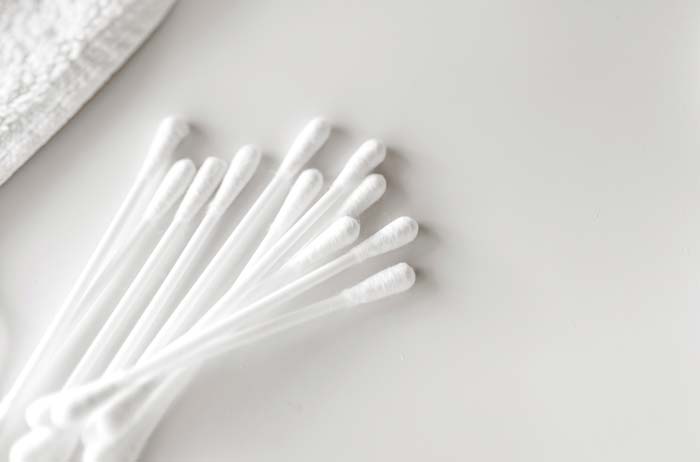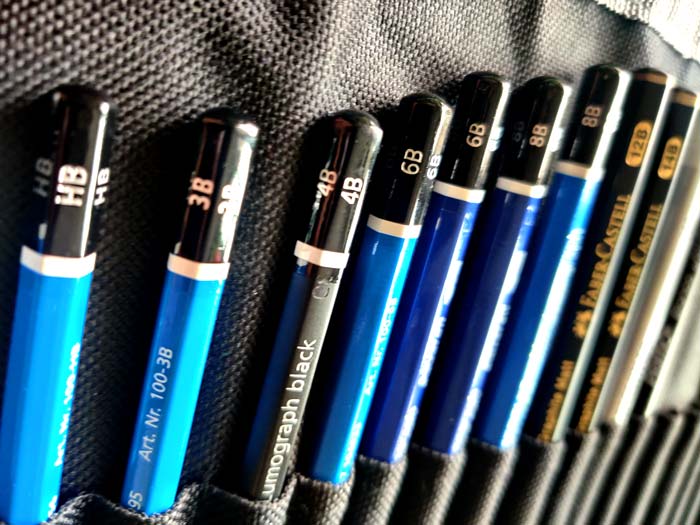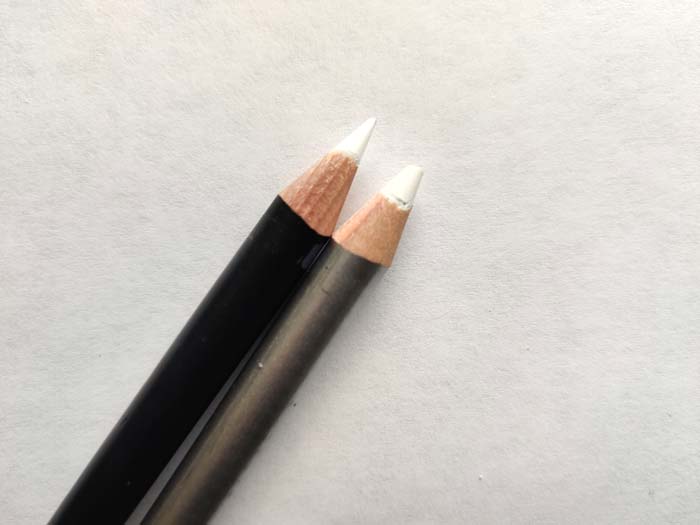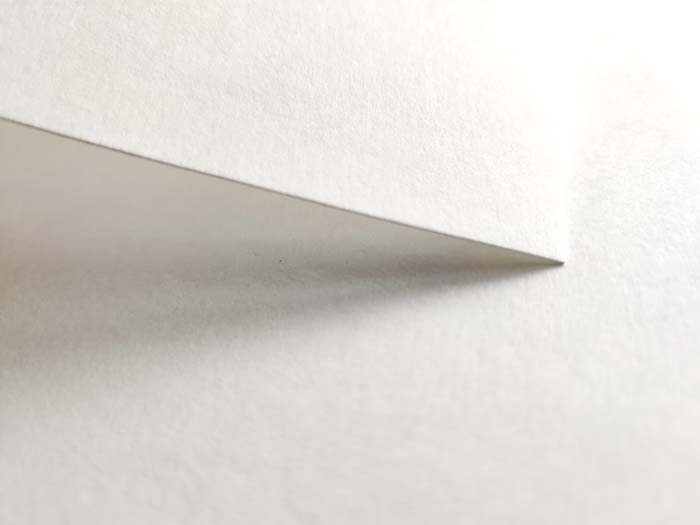Graphite drawing tools you NEED - Artist's Essentials
10 Best Drawing tools for realistic drawings - Artist’s Secret Essentials
After 15+ years of drawing portrait commissions of people, pets, architecture, and botanicals, I have found these tools indispensable for making my drawings always look breathtaking (check out my gallery). I have used a variety of drawing tools on over 100 drawings I have made throughout my career. So I have made this list after much experimenting and finding out what tools were most reliable and would not do much damage to the media. This list may be used by beginner artists and experienced artists’ especially those working on large volumes of commissioned drawings who are trying to level up on their drawing speed, technique, and process.
1. Graphite powder or charcoal powder

This is the most important tool of all because of course it's a drawing but also because it can cover a large area of drawing backgrounds, textures, and midtones which can give you an upper hand and speed up your initial art stages. For fully blackened backgrounds, you can use water-soluble graphite or charcoal powder, these are very easily available in your local art stores and online. For a slightly gray background, you can just use the powder dry. Another plus of using powder is it does not damage your paper media when trying to figure out the highlights. When used dry, it’s really easy to erase highlights and darken the shadows. The more you apply, the darker the values will get (based on the charcoal/graphite grade). If you find that the dry powder available in the market is not dark enough, you can opt to buy a higher grade stick like 14B graphite and make your own powder using a sanding screen (available at any hardware stores).
2. Cotton swabs and q-tips

Cotton swabs are of utmost importance when it comes to shading large areas softly without leaving texture. For large areas like shading an ocean, sky, portrait backings, etc., cotton swabs are one of the best tools so easily available to use. You can also use a makeup sponge or a blush applicator cushion (make sure they are smooth and clean!).

Cotton swabs and q-tips are my favorites for quickly shading skin and cloth. I use these two tools mostly with graphite powder as graphite is much softer unlike charcoal which is quite coarse and tends to leave a somewhat striped texture.
3. Clay embossing tools

Clay tools are extremely useful when it comes to drawing smaller tiny highlights. They come in very handy for embossing highlights in hair, skin, metals, etc; and they make your drawing process so much faster and in my experience, make drawings much less complex. When I first discovered them, I was concerned if they’d make the highlights too harsh but once I really studied how to work with them, they reduced my work tremendously. Basically, I emboss the highlight areas that I do not want my pencil or powder touching and then when I go to draw over them, the highlight will stay clear for the most part and I don’t need to redo them later on.
4. Kneaded eraser

Kneaded erasers (aka kneadable erasers) are moldable clay like erasers that can be shaped to the way the artists need, and create highlights. Kneaded erasers give a lot of flexibility when it comes to bringing out the different gray tones in your art. They work exceptionally well with graphite and charcoal powder. You can start by using a cotton swab for smooth midtones and shadows; and then use your clay eraser to bring out highlights with the precision of a pencil eraser or a regular eraser. And the best part - they last a really long time. If your eraser has accumulated a lot of graphite, just massage it a bit and it’s ready to use again. Generally, I have had each one last around 2 to 3 years.
5. Graphite pencils HB to 14B or light gray to black charcoal pencils

Do not underestimate the range of shades graphite and charcoal pencils can offer. Using the range of shades when suitable will prove to be a great time saver. In some cases, it is better to use a lighter pencil grade than to erase and lighten tones. So take advantage of all that’s available to you.
6. Blending stumps

Blending stumps are another useful tool for blending your super small areas when you do not want pencil lines to show. Areas that q-tips cannot cover can be easily tackled by blenders. You can use stumps with pencils, graphite/charcoal sticks, and powders. You can also use them directly with charcoal or graphite by just pressing the stump on the stick or powder. You can simply blend out the pencil lines on your drawing as well. They are quite limited when it comes to shading large areas as they tend to leave stroke lines sometimes. If used too harshly, these strokes can be hard to blend. With much practice, you can handle stumps well and avoid it though. I mostly use them to soften hair and to add small textures in my drawings; sometimes to draw blurry backgrounds.
7. Graphite sticks or charcoal sticks

I have touched on these briefly before but graphite and charcoal sticks have versatile uses. They may be used directly or be used with a blending stump or they may be made into a powder. There are some differences between the two mediums though. Graphite is softer and is generally warmer in tone while charcoal is slightly brittle and is cooler in tone. So if your paper media is warm white, graphite will do wonders but if paper is cooler in tone, charcoal will look stunning. You can use them vice versa too but in my experience, my drawings look better when I match the tone of the media to the medium but if you like the look, you can definitely use it the way you want.
8. White charcoal or graphite

White charcoal or graphite or conte is another great tool for highlights. I generally use these only when any of the above highlight methods didn’t work or I made an error and can't fix it. This is my damage control tool - if I missed a highlight area, I use white charcoal pencil to add that back in. Now, on a super thick layer of graphite/charcoal, this would fail to work. That is why I always suggest to start lighter and gradually add dark tones as it’s easier to darken areas but much more difficult to lighten them.
9. Workable fixatif

If you haven’t already been using a workable fixatif, you are missing out! Generally, I’ve noticed most artists use a fixatif but if you don't, you most definitely should start to use a workable fixatif because it’s remarkable at keeping your drawings fresh when you’re working on a time-consuming artwork or maybe working on multiple pieces. With fixatif, you can come back to your art the next day and easily work further on the drawing while it retains its darker and lighter values intact and you do not have to redo some areas again. I myself discovered this a bit later but once I started using it, I haven’t looked back since. It keeps drawings fresh, and reduces extra work. Your final sealant may be your non-workable fixatif but during your process, workable fixatif is your friend.
10. Graphite paper - 260 to 300 gsm weight

Yes, the paper media matters; especially the texture and weight of the paper when it comes to drawing detailed works whether commissioned or your other creations. There are commercial papers available at art stores but anything that is between 30 to 80lb paper weight is not the best for detailed drawings as they would not be able to handle water-soluble mediums or solvent or embossing or even much use of eraser. So I recommend using paper weights at least above 80lbs. For texture, this may depend on your style. I tend to use softer texture on paper to give me more control over strokes and smoother shading. You may use bristol or mixed media paper if you like texture; and if you don't, use low texture graphite specific papers or watercolor hot press paper (quite smooth but expensive). Thicker paper is also reliable while packaging and shipping works.
These are all the main tools that artists use on a daily basis for graphite drawing and commissions. In my experience, these tools have proven to be very reliable. I hope the above article is useful. For more articles, check out my full art blog here.
